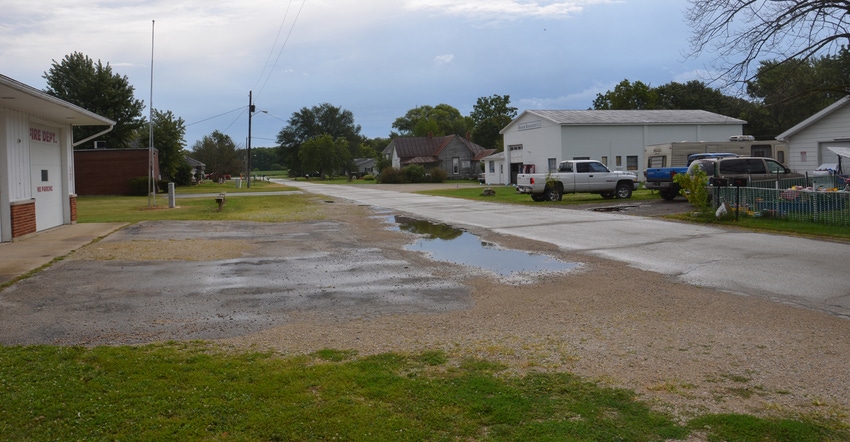March 5, 2018

You don’t have to go back too far to recall when there was a legislative push to reform local government at the township level in Indiana. It occurred during Gov. Mitch Daniels’ administration. There was also talk of consolidation of local government positions at the county level. Some floated the idea of further consolidating smaller, mostly rural schools.
When the smoke cleared, Hoosiers still had the local government representation they seem to prefer. Townships were left intact with trustees. County commissioners still make decisions, and county councils hold the purse strings. Most small rural schools operating then are operating now.
Either legislators have a short memory or the new crop of legislators didn’t learn from history. House Bill 1005 would have consolidated smaller townships with larger townships. Proposed by Republican lawmakers, it stated that any townships with fewer than 1,200 residents based on the 2010 U.S. Census must merge with an adjoining township by Jan. 1, 2023.
The proposed legislation would have created a township legislative body with at least one member from each of the former townships.
Justin Schneider, Indiana Farm Bureau director of state government relations, says his organization was concerned when the legislation was introduced. It didn’t jive with policy approved by IFB members that calls for local representation.
One reason for concern, Schneider says, was because the legislation was listed as one of the priorities for Republicans during the 2018 short session. Big players supported the legislation.
Devil in the details
Many rural communities found out decades ago that merging existing institutions, at that time schools, isn’t always as easy as it sounds. This recent legislation attempted to address some of the concerns legislators knew might arise. In the end, more people across the state, especially in rural areas, were more concerned about those details than legislators might have imagined.
For example, the proposed legislation stipulated that the newly merged township would assume all debt from merged townships. However, it could only levy property taxes to repay the debt on the geography that incurred the debt in the first place.
Merged townships could keep their firefighting and emergency service equipment housed within that township for at least five years. Other provisions capped salaries for township board members. Still other provisions veered deep into the weeds, outlining how future expenditures and tax levies would be set, using language only a lawyer might understand.
IFB prepared a map, showing that if the bill became law, some 300 of Indiana’s 1,200 townships must merge by 2023. Well over half of those townships are in southern Indiana, and many are adjacent to one another. One question that was never fully addressed, Schneider says, is how school corporations that include multiple townships might be affected if one of its townships were forced to merge with a township outside the district.
“We really want to thank IFB members for coming to the Statehouse and contacting legislators about this bill,” Schneider says. “They let them know early and often that they weren’t in favor of the bill.”
Schneider believes IFB members’ voices of disapproval played a pivotal role in the legislation dying in the House. It won’t become law this year.
It appears it’s time for legislators to realize removing local government or streamlining it in any form isn’t what Hoosiers want. Yes, local government officials must be held accountable. Eliminating a time-honored system that gives local taxpayers the most direct input possible doesn’t appear to be the solution.
Comments? Email [email protected].
You May Also Like




